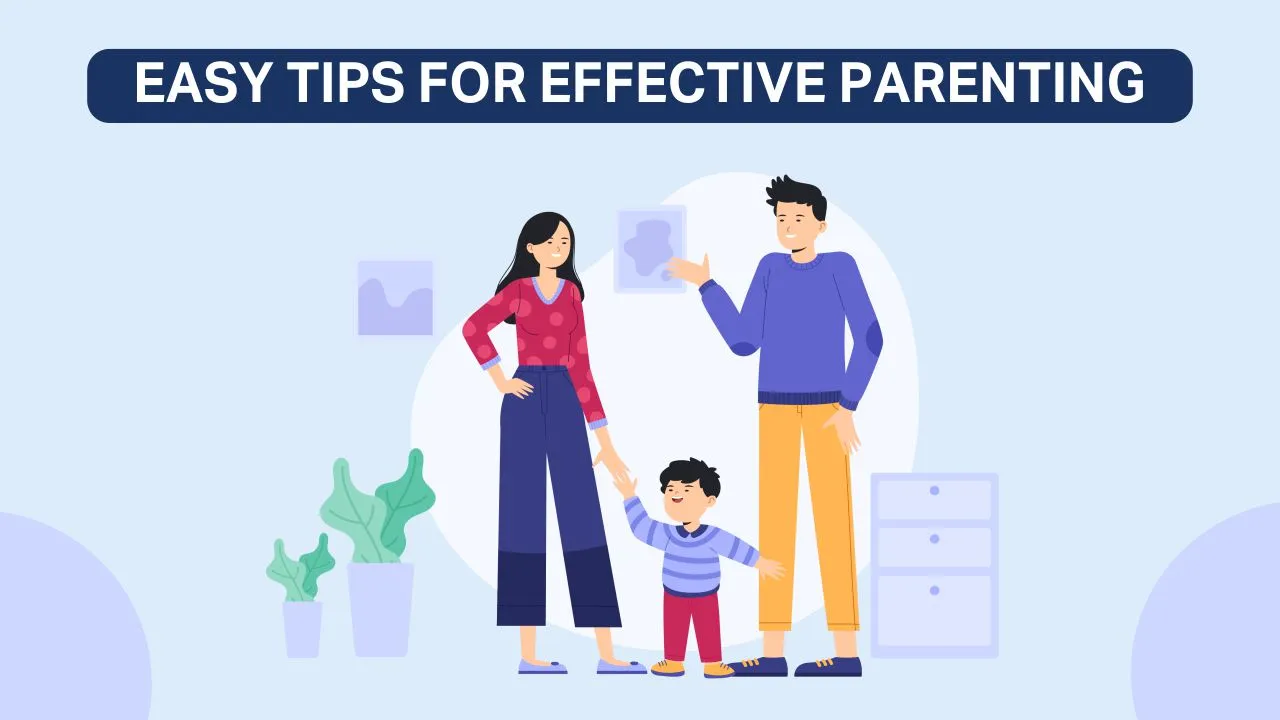Building a secure attachment with your child is a foundational aspect of their emotional development and overall well-being. It involves establishing a strong and nurturing bond that provides them with a sense of safety, trust, and connection. Here are some key points to consider when building a secure attachment:
- Responsive and Attuned Parenting: Responding promptly and sensitively to your child’s needs helps them feel secure and valued. Being attuned to their cues and signals, such as hunger, discomfort, or emotional distress, fosters a deep sense of trust and understanding.
- Physical Affection and Comfort: Physical touch, such as cuddling, hugging, and gentle soothing, is essential in creating a secure attachment. It promotes a sense of warmth, love, and reassurance, allowing your child to feel emotionally supported and cared for.
- Emotional Availability: Being emotionally available means being present and attentive to your child’s emotions. Actively listening, empathizing, and validating their feelings helps them feel understood, accepted, and validated, fostering a strong emotional connection.
- Consistent and Predictable Care: Providing a consistent and predictable caregiving routine helps your child develop a sense of safety and stability. Having regular meal times, sleep routines, and daily rituals creates a secure foundation for them to explore and engage with the world.
- Engage in Play and Quality Time: Engaging in play and spending quality time with your child strengthens the parent-child bond. Participating in activities they enjoy and showing genuine interest in their interests helps them feel valued and builds a sense of connection and joy.
- Foster Trust and Dependability: Being reliable and trustworthy in your interactions with your child builds their trust in you. Keeping your promises, being consistent in your behavior, and following through with commitments demonstrates that they can depend on you for support and guidance.
- Support Autonomy and Independence: While building a secure attachment, it is important to also support your child’s autonomy and independence. Allowing them to explore their environment, make choices, and take age-appropriate risks helps them develop confidence and a sense of competence.
Developing Emotional Intelligence
Developing emotional intelligence in children is a valuable and lifelong gift that empowers them to navigate emotions, relationships, and life’s challenges with understanding and empathy. Emotional intelligence encompasses the ability to recognize, understand, and manage one’s emotions effectively, as well as the capacity to empathize with others. Here are some essential steps to promote emotional intelligence in children:
- Emotional Awareness: Encourage your child to identify and label their emotions. Help them recognize and express their feelings in a healthy manner. Use language to describe emotions and ask open-ended questions about how they feel in different situations.
- Active Listening: Be a patient and attentive listener when your child expresses their emotions. Show genuine interest in what they have to say, validate their feelings, and avoid judgment. Listening without interruption fosters trust and openness.
- Modeling Emotional Regulation: Model healthy emotional regulation by demonstrating how to manage and express emotions in constructive ways. Children often learn by observing their parents, so demonstrating calm and effective emotional management is essential.
- Empathy Building: Encourage your child to understand and empathize with the feelings of others. Talk about different perspectives and emotions that people might experience in various situations. Help them see the world through the eyes of others.
- Problem-Solving and Conflict Resolution: Guide your child in resolving conflicts and problem-solving situations. Teach them how to communicate their feelings and needs assertively and how to find win-win solutions when disagreements arise.
- Mindfulness and Emotional Awareness: Introduce mindfulness practices to help your child become more aware of their emotions and thoughts. Techniques like deep breathing and grounding exercises can assist them in staying present and managing overwhelming emotions.
- Emotional Expression through Art and Play: Encourage your child to express their emotions through art, play, or journaling. Creative outlets provide a safe space for them to explore and process their feelings.
- Reinforce Positive Behavior: Praise and acknowledge your child’s efforts in managing emotions constructively. Positive reinforcement helps reinforce emotionally intelligent behaviors and encourages their continued growth.
- Provide a Safe Space for Emotional Expression: Create an environment where your child feels safe expressing their emotions without fear of judgment or punishment. Let them know that it’s okay to feel and that all emotions are valid.
- Patience and Understanding: Developing emotional intelligence is a journey, and each child will progress at their own pace. Be patient and understanding, offering support and guidance as they navigate their emotional growth.
Managing and Expressing Emotions Effectively
Managing and expressing emotions effectively is a vital aspect of emotional development. Teaching children how to navigate their feelings empowers them to cope with challenges, build healthier relationships, and develop emotional resilience. Here are essential strategies to help children manage and express their emotions effectively:
- Identify Emotions: Encourage children to recognize and name their emotions. Use emotion words to describe feelings such as happy, sad, angry, or worried. This awareness lays the foundation for understanding and managing emotions love flops parents guide.
- Validate Feelings: Create a supportive environment where children feel comfortable sharing their emotions. Validate their feelings by acknowledging and empathizing with their experiences, even if you may not fully understand.
- Teach Coping Strategies: Provide children with a range of healthy coping strategies to manage difficult emotions. Breathing exercises, counting to ten, or taking a short break can help them calm down and gain control over their reactions.
- Encourage Verbal Expression: Promote open communication by encouraging children to express their emotions verbally. Ask them how they feel and why, and listen attentively without judgment.
- Use Art and Play: Art and play can be powerful outlets for emotional expression. Offer opportunities for creative expression, such as drawing, painting, or engaging in imaginative play, where children can process their emotions.
- Problem-Solving Skills: Teach children problem-solving skills to address the underlying causes of their emotions. Help them identify potential solutions and consider the consequences of different actions.
- Avoid Suppressing Emotions: Avoid discouraging children from expressing their emotions, even if they seem negative. Instead, teach them how to manage and express these emotions constructively.
- Model Healthy Emotional Expression: Children learn by observing their caregivers. Model healthy emotional expression by demonstrating how to manage stress, disappointment, and anger in a positive way.
- Encourage Empathy: Help children understand the impact of their emotions on others. Encouraging empathy enables them to consider the feelings of others and adjust their behavior accordingly.
- Practice Patience: Emotional development takes time and practice. Be patient with children as they learn to manage their emotions effectively. Encourage progress and offer support when needed.
Addressing and Resolving Conflicts
Addressing and resolving conflicts is a crucial skill that children need to develop for healthy relationships and social interactions. As parents, we can play a significant role in teaching them constructive ways to handle conflicts. Here are essential steps to address and resolve conflicts with children:
- Active Listening: When conflicts arise, listen attentively to all parties involved. Allow each child to express their perspective without interruption. Active listening demonstrates that their feelings and opinions are valued.
- Stay Calm and Neutral: Remain calm and composed during conflict resolution. Avoid taking sides or assigning blame. Instead, focus on understanding the root of the issue and finding a solution.
- Encourage Empathy: Help children see the situation from the other person’s perspective. Encourage them to imagine how the other person might feel and how their actions might have affected them.
- Teach Problem-Solving Skills: Guide children through the process of problem-solving. Encourage them to brainstorm potential solutions and evaluate the consequences of each option.
- Use “I” Statements: Teach children to express their feelings using “I” statements rather than blaming or accusing. For example, “I feel upset when you take my toys without asking.”
- Apologize and Forgive: Encourage children to apologize if they have caused harm and to forgive when they have been hurt. Understanding the importance of apologies and forgiveness fosters empathy and resolution.
- Find Common Ground: Help children identify areas of agreement and common interests. Finding common ground can be a basis for finding solutions that work for everyone involved.
- Model Conflict Resolution: Model healthy conflict resolution in your own interactions with others. Children learn from observing their parents, and modeling constructive behavior sets a positive example receiver parents guide.
- Establish Boundaries: Set clear boundaries and rules for acceptable behavior. Children need guidelines to understand what is expected of them in conflict situations.
Encourage Cooperation: Emphasize the value of cooperation and teamwork in resolving conflicts. Emphasize that working together can lead to better outcomes for everyone.


